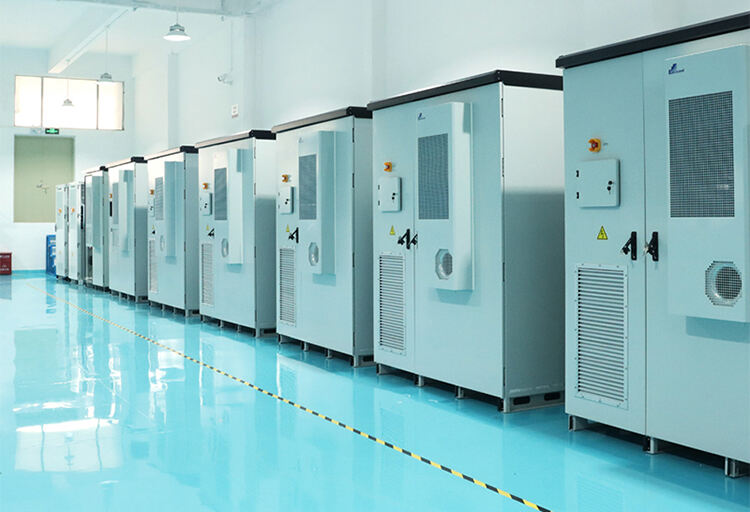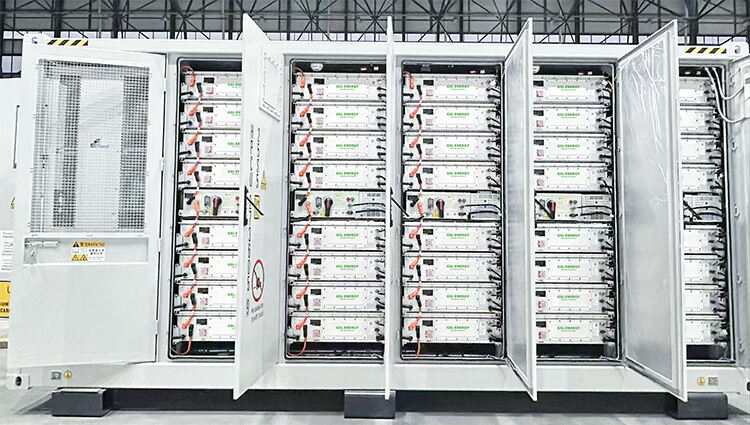Commercial and Industrial Energy Storage Systems Explained | Key Features & Benefits
Overview of Energy Storage Systems
An energy storage system is a dedicated device or facility designed to store. These critical systems play a critical role in balancing power grid loads by supplying energy during peak demand periods and storing energy during low-demand hours. This ensures efficient energy utilization and helps stabilize power distribution.
Key Parameters of Industrial and Commercial Energy Storage Systems
1. Energy Storage Capacity and Power
Capacity (kWh): This represents the total amount of electrical energy that can be stored. For example, 200kWh means the system can store 200 kilowatt-hours of energy.
Power (kW): Indicates the maximum continuous output of the system. For instance, 100kW signifies the system can supply 100 kilowatts of power consistently.
Example: 100kW/200kWh: The system can deliver 100kW of power per hour.
Capacity (200kWh): The system can store a total of 200kWh of energy, sufficient for two hours of continuous output at full power.
The picture: Industrial and commercial energy storage equipment finished display
2. Battery Type and Cycle Life
Battery Type: Lithium-ion batteries, especially Grade A lithium iron phosphate (LiFePO4) batteries, are widely used in industrial and commercial systems for their high energy density, long lifespan, and safety. Alternative options include sodium-ion batteries and liquid flow batteries.
Cycle Life: This refers to the number of charge/discharge cycles the battery can undergo while maintaining performance. Our systems feature 6500+ cycles, ensuring long-term reliability.
Optimal Usage Tip: To prolong battery life, it’s recommended to operate within a 10%-90% state of charge (SOC) range, avoiding deep charge and discharge cycles to minimize wear on the battery's electrodes.
3. Inverter Parameters
The inverter is a crucial component that converts the stored direct current (DC) into alternating current (AC) for practical use.
Output Power (W or VA): Determines the system's supply capacity to connected equipment.
Maximum PV Power: Specifies the maximum power input from photovoltaic (PV) modules that the inverter can handle. Industrial and commercial systems often integrate PV modules, enabling flexible configurations based on user requirements.
4. Grid-Connected Voltage Levels and Connection Points
Grid-Connected Voltage Levels: Defines the voltage at which the system connects to the power grid, such as 380V or 10kV. This factor influences system design and installation costs.
Connection Points: The number and location of grid connection points should align with the user’s load demands, optimizing energy transmission and minimizing energy loss.
Large industrial and commercial energy storage cabinet internal structure display
5. Safety and Protection Components
To ensure safe and reliable operation, industrial and commercial energy storage systems incorporate various safety and protection features, including:
EMS (Energy Management System): Manages and optimizes energy flow within the system.
BMS (Battery Management System): Monitors battery status and protects against overcharging, over-discharging, and overheating.
PCS (Power Conversion System): Facilitates the bi-directional flow of energy between the storage system and the grid.
Environmental Monitoring: Tracks temperature, humidity, and pressure to maintain a safe operating environment.
Fire Suppression and Power Distribution Systems: Ensure system safety in extreme conditions.
Example Analysis
What does 100kW/232kWh mean?
Power (100kW): The system can output 100 kilowatts of power continuously.
Capacity (232kWh): The system can store up to 232 kilowatt-hours of energy.
Charging Speed:
At a power of 100kW, the system can charge 100kWh in 1 hour
To fully charge 200kWh, it would take approximately 2 hours
Conclusion
By understanding the key parameters, it’s evident that industrial and commercial energy storage systems offer efficient and reliable energy management solutions. They are versatile and can be deployed in scenarios such as distributed photovoltaic generation, peak shaving, emergency power supply, and more. These systems contribute to optimizing energy use, lowering costs, and supporting the global transition toward low-carbon development.




